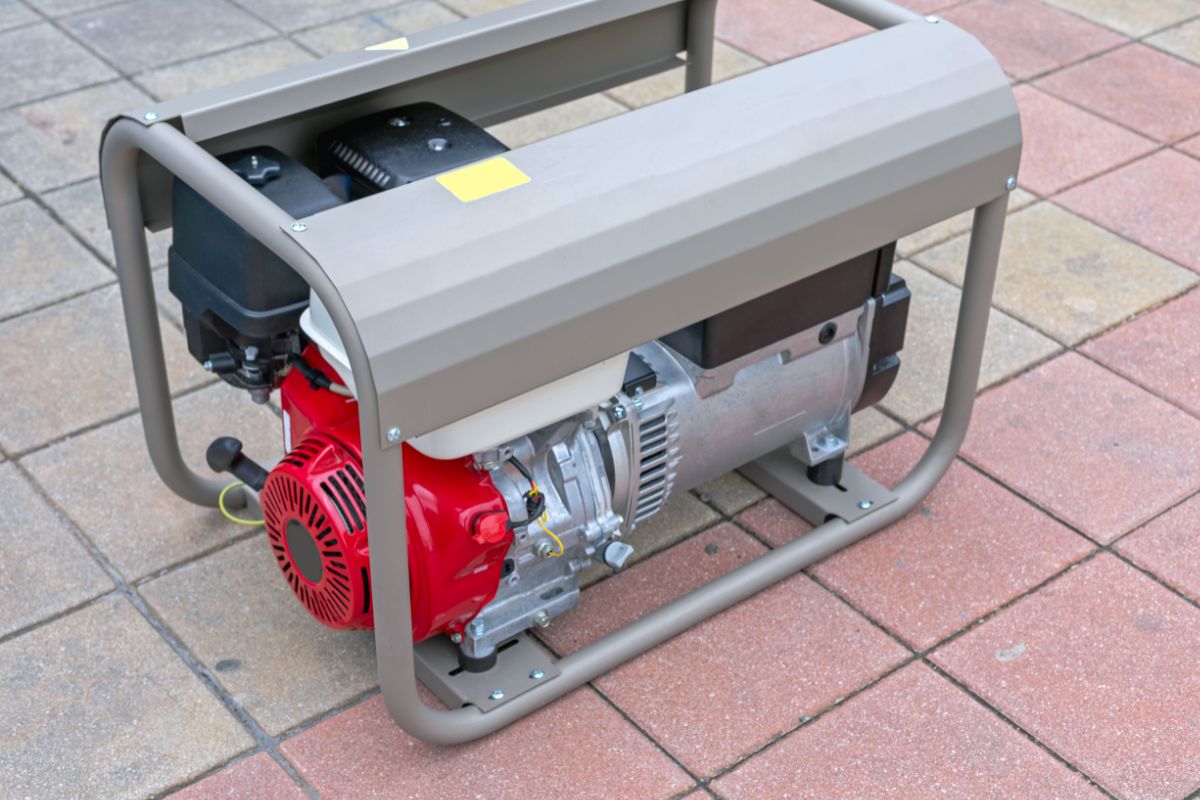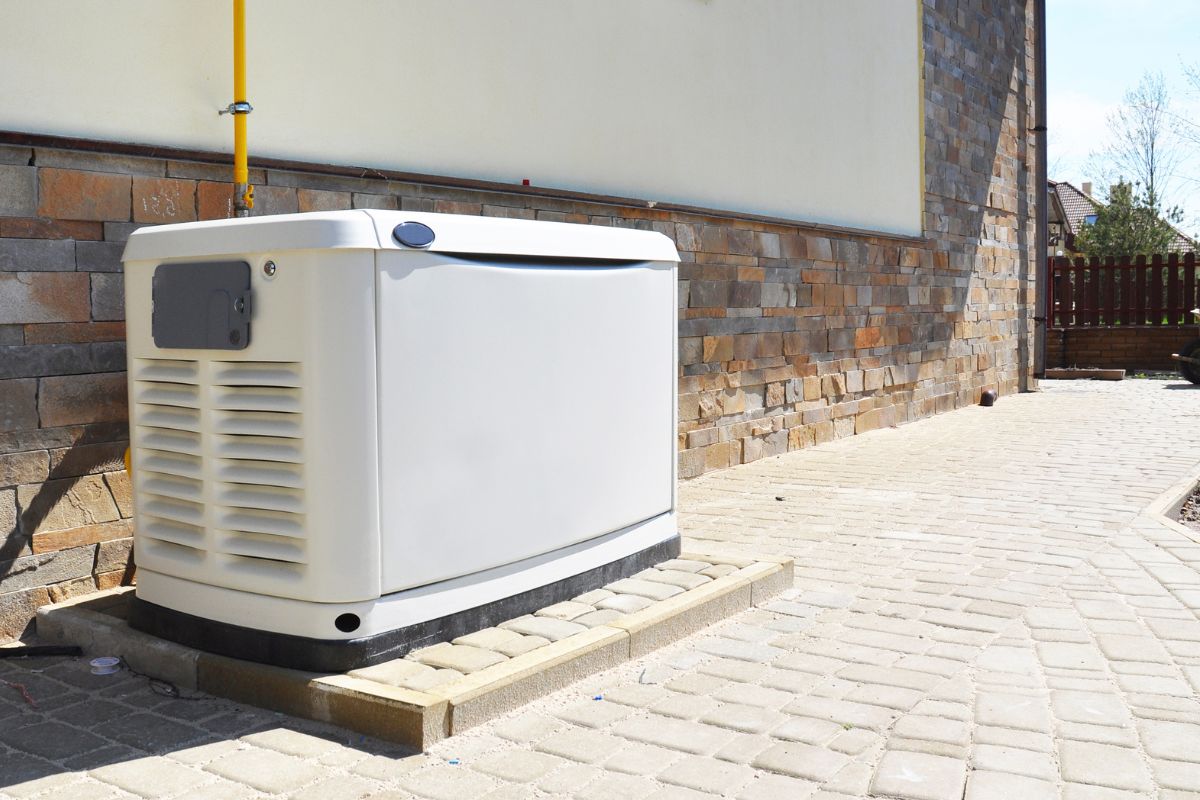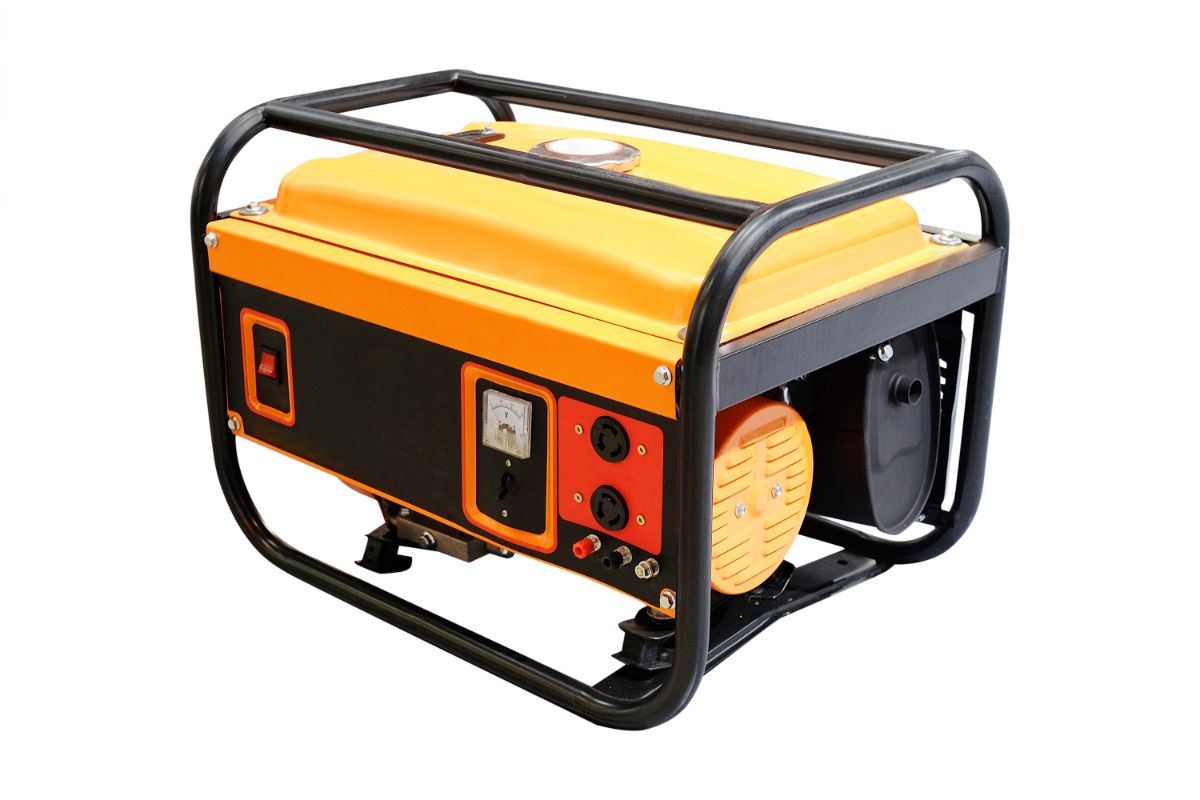For ultimate flexibility when powering appliances on the road or on the water, a pure sine wave inverter is a no-brainer, but Renogy has gone a step further, producing hybrid inverter/charger units touted as one-stop-shops for all our current conversion and off-grid power needs.

The 2000-watt variant is quite possibly the most popular in series, so I picked one up and put it through its paces — Is this monolithic hybrid worth your money, time, and effort, or is a more traditional approach the way to go? Read on to find out!
Renogy 2000W Pure Sine Wave Inverter Charger At A Glance
You may already be familiar with pure sine wave inverters, but this Renogy product isn’t just an inverter… It’s also a charger, meaning you can use it to charge your portable power bank even as you invert current to power your AC appliances.
This gives it just as much appeal to the site-camper as it does the boondocker, as it can make use of on-site shore power to charge your power bank, essentially allowing you to flit between the two forms of travel.
REVIEW
Renogy 2000W 12V Pure Sine Wave Inverter Charger
Pros
- Inverter/charger hybrid simplifies your mobile power system
- 5 crucial battery protocols keep your batteries safe
- Works with all battery technologies
- Installation is relatively easy
- Battery temp sensor optimizes charge
- LCD interface is easy to use
- Built like a tank
- Fantastic remote control module
Cons
- Large and heavy — may be difficult to fit into smaller spaces
- Doesn’t come with any cables
- Max amps not disclosed by marketing
- Mixed consumer responses
Where Can I Purchase The Renogy 2000W Pure Sine Wave Inverter Charger?
Shop the Renogy 2000w Pure Sine Wave inverter Charger here.
Renogy 2000w Pure Sine Wave Inverter Charger: Review
Installation (The Wiring)
Installing the Renogy inverter charger isn’t that tricky from a wiring point of view. To begin, ensure that the inverter power switch is set to the off position, then remove the four screws that hold the terminal cover to the body of the unit.
Next up, use your inverter cables to link the positive and negative terminals of the inverter to the positive and negative terminals of your battery.
Before moving on to the next step, flick the power switch, and see if the inverter is picking up a reading from your battery — This indicates that you have wired it correctly. Once confirmed, switch the inverter off again.
For our next trick, we have to hard wire in some AC outlets using the terminals on the top right-hand side of the I/O plate.
Threading both extension cables through the corresponding holes in the terminal faceplate, link the female ends to the small terminals on the left of the AC array, and the male on the right of the AC array.
Unfortunately, there are no integrated AC ports on the inverter charger, but this helps to keep the footprint manageable and gives you a bit more flexibility in regard to how many appliances you can power simultaneously.
Simply choose an AC extension with the number of outlets that suits your needs.
Installation (The Practical Considerations)
There are also a few practical things you need to keep in mind when selecting where this inverter is going to sit in your setup.
Much like batteries, inverters can run pretty darn hot, and this one is no exception. When you’re running it close to capacity, internal temperatures will rise rapidly. Now, thankfully, Renogy did include an internal thermal solution, but these fans need a little support to do their job.
Picking a well-ventilated spot for your inverter is crucial if you want to keep thermals from getting out of hand when pushing your system with things like water heaters and stoves.
It’s also quite a heavy unit, so if you’re mounting it, I’d recommend installing some supporting features, especially if you’re installing it above anything else.
I set mine up directly above my battery, as it just made sense in terms of space and layout, so I used four brackets for securing it to the wall, and then a vertical 1×4 and a horizontal 2×2 shelf to provide extra support.
Interface & I/O
For an incredibly large unit, the LCD is pretty small on this inverter charger, but as you’re only viewing a few bits of data, it really doesn’t need to be any bigger.
In fact, Renogy even manages to fit in some pretty helpful circuit illustrations beneath the digits of the LCD, indicating what mode you’re in. The visual representations make using this inverter charger incredibly easy, even if you’re new to this sort of technology.
You cycle through the data sets using the four buttons below the LCD.
As they’re marked with symbols rather than labels, they’re a little esoteric to begin with, but a quick flick through the manual reveals that the button on the right with an arrow pointing to the left is the “Enter” button you’ll use to enter menus and select options.
Holding down enter will open up the main menu, and then you can use the two middle arrow buttons to navigate your options. Once you’ve found the menu you need, hold down the enter button again for three seconds.
When inside your menu of choice, continue using the arrow buttons to navigate, then hold the enter button down for three more seconds to select your settings option. Finally, press the button on the left depicting a circular arrow to revert to the general running menu.
The I/O terminals beneath the face plate are well spaced out and everything is pretty well labeled. I had to refer to the manual a couple of times just to check I had things done properly, and I advise you do the same, as it does a great job of explaining how the I/O section works.
Functions
The great thing about having an inverter/charger combo is you get to direct everything using the one unit, or, if you’re so inclined, using the remote control.
With a few quick button pushes, you can instruct your inverter to use only AC/shore power or only battery power to run connected appliances.
I think the remote control is a fantastic touch. It’s easy to use and it works like a charm; however, it’s a wired control, meaning you’ll have an extra cable to wrestle with when routing your system. That said, the wire ensures a constant, zero latency connection, so it’s a worthy trade-off.
Charging
This inverter charger double act arrives with a temperature sensor; however, it’s not for the inverter itself, but your battery, and it’s a really intelligent addition.
By constantly keeping tabs on your battery’s temperature, it can adjust the charging voltage to minimize charge times and maintain battery health.
I’d also like to give a shoutout in this section to the versatility of the inverter’s charging facilities. It works with lithium, SLA, FLD, CAL and gel battery formats, so it doesn’t matter which power storage technology you subscribe to.
You can even do some deep programming to prime it for use with custom battery setups, which is a particularly thoughtful, not to mention advanced, addition.
Footprint
Okay, so in spite of all the benefits of combining an inverter and charger, there is one glaring downside… the footprint — This thing is HUGE!
Measuring 20.1” x 11.2” x 7.6”, and weighing a whopping 51.1 lbs, it’s not exactly going to fade into the background of your van, RV, or boat. The size and weight can also make mounting it quite tricky, so I’d suggest recruiting a friend to help you out.
Protections
The Renogy pure sine wave inverter charger brings all five essential battery protections to the table…
- Overvoltage
- Under-voltage
- Overload
- Overheating
- Short circuit
During my testing, I found the protocols for each of these security features to be exquisite. Intervention was immediate, and the battery I use for these kinds of tests was completely unscathed.
Capacity: Is 2000 Watts Enough For Me?
This 2000-watt inverter charger will be perfect for those who have moderately sized batteries and are consciously trying to keep their power usage down, but for those looking to power more demanding home comforts on the road, it may not be enough.
For example, if you have an electric stove, multiple heaters, and insanely powerful batteries, you’ll need the 3K model instead.
That said, 2K watts is more than enough for most mobile power storage systems, especially as this inverter charger has a stacked 6K max surge wattage, but do keep the maximum amperage in mind.
Many buy this product thinking they’ll be able to make full use of the standard 50 A shore connection, but the current will be bottlenecked by the inverter.
The Final Verdict
In many ways, I think the inverter/charger hybrid is a fantastic idea, and likely the way the technology will be moving in the future, as it really does become the heartbeat of your system.
It simplifies an off-grid setup and boosts user control in equal measure, which is definitely a big win in my book, but, although my experience thus far has been a positive one, some who have spent more time with this unit report that it’s not all that reliable.
Others are disgruntled that the max amperage isn’t disclosed in the marketing and that they’ve been fleeced into purchasing something that isn’t suitable for their intended application.
At 30 days, the warranty on this unit is pretty rough, especially considering the consumer concerns spread across the internet, but let’s not disregard the fact that the majority of buyers are perfectly happy with their purchase.
Based on my feelings alone, I would absolutely recommend this product, but be sure to do your research before purchasing to make sure it’s right for you and your adventures.




